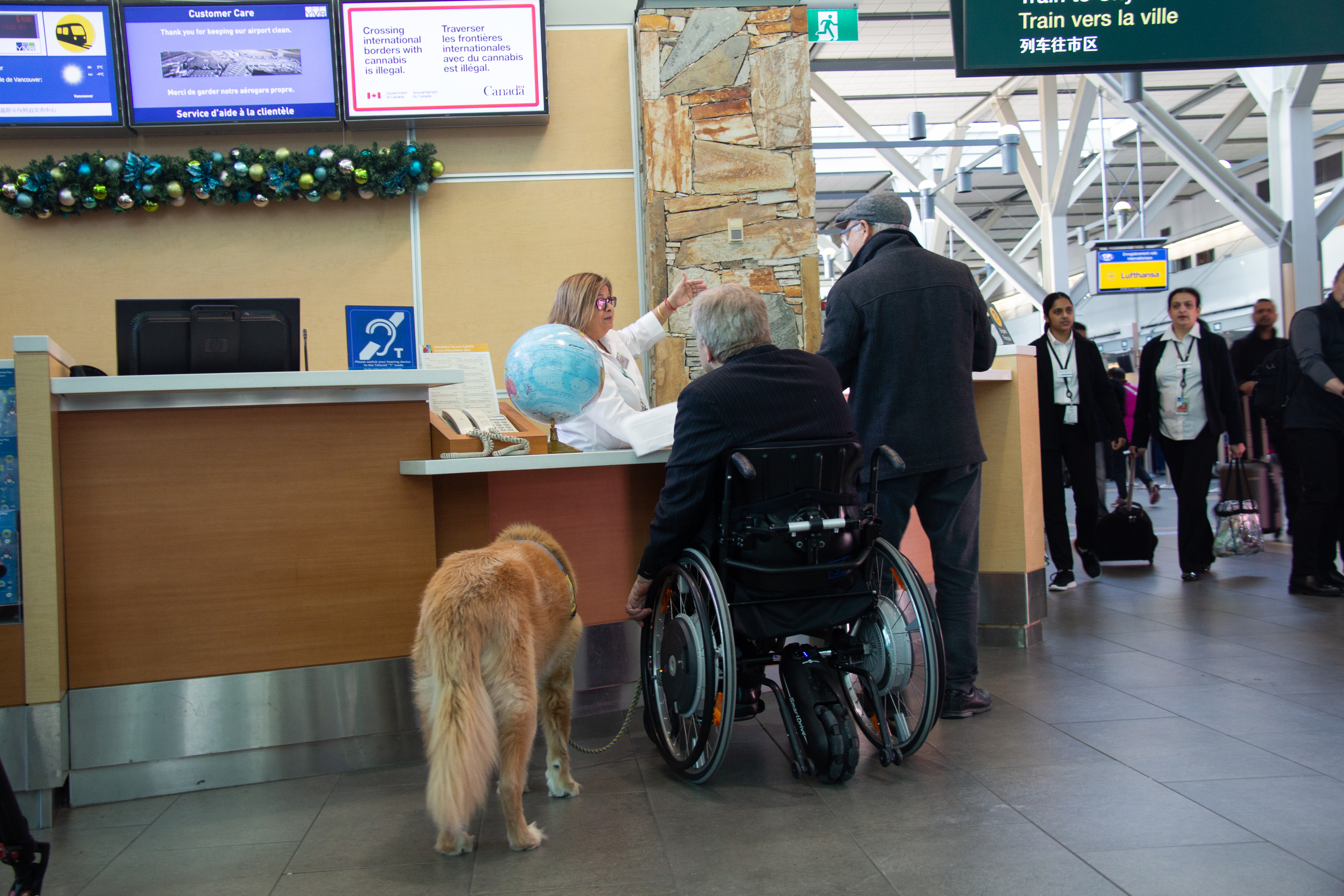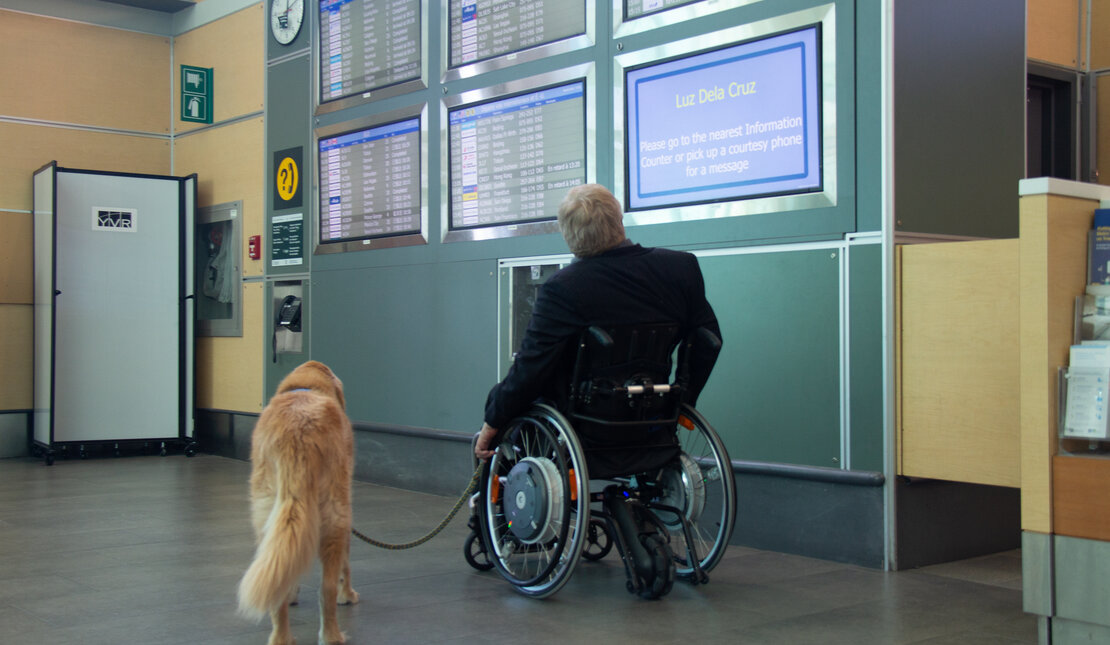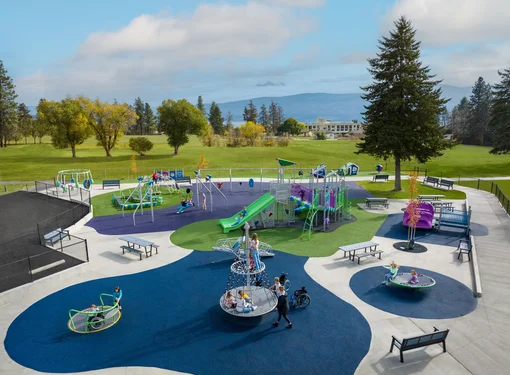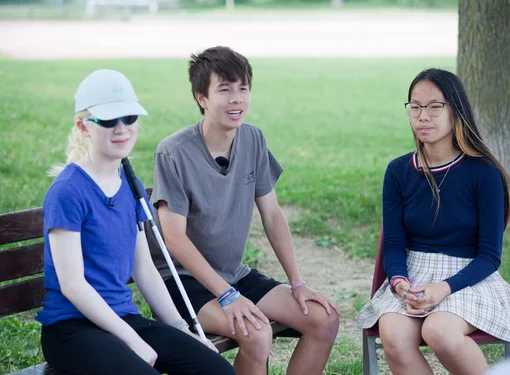What Makes a Trip Accessible and Inclusive
Accessible travel is built on the idea that every person deserves the chance to explore the world. A truly inclusive trip is not about a single feature; it requires a complete and thoughtful system where every part of the journey is designed to be usable by all. From booking your flight and accommodations to attractions, each element must be accessible to make travel smoother and more welcoming. When these major components work together, they reduce barriers and allow everyone to enjoy the full travel experience.
Accessible Booking
The booking process should be inclusive for all users. Websites and mobile apps should be easy to navigate and support assistive technologies like screen readers and keyboard-only navigation. Interfaces should be clear, with high-contrast visuals, readable fonts, and simple, accessible forms. Travelers should also be able to filter and select seating options with ease. Support must be offered through multiple formats, online forms and chatbot services, not just by phone. Offering different ways to request accommodations creates a fair and equal experience from the start.
Staff Training
Travel staff play a major role in shaping how inclusive a trip feels. All airport, train, and airline employees should receive training in disability awareness, accessibility, and inclusion. Those who interact directly with passengers need deeper knowledge on how to provide thoughtful, respectful assistance. This includes using appropriate language, avoiding assumptions, and understanding different accessibility needs. For example, staff should know how to properly guide travelers who are blind and should never insist on placing someone with visual disability in a wheelchair without their request. Staff should never take control of a situation without consent, but instead offer help in a supportive way. With strong training, staff can contribute to a respectful and enjoyable travel experience. To support better travel experiences for everyone, consider taking the Rick Hansen Foundation Inclusion and Accessibility training, a concise, practical course that offers valuable tools.

Handling Mobility Devices
Mobility devices are not just tools, they are personal, essential devices that give travelers with disabilities independence. These items are often expensive and difficult to replace, and when they are damaged or lost, it leaves the user in a stressful state, besides the financial burden of replacing the device. Travel staff must be trained to handle such equipment properly and respectfully. Clear procedures need to be in place to protect these devices during transport. By taking this responsibility seriously, transportation services show that they value the independence and dignity of all travelers.
Digital Accessibility on Flights
In-flight systems should be designed with all travelers in mind, including those who have difficulty using touchscreens or reading print. Important features like call buttons or travel updates should never be hidden within inaccessible digital systems. Airlines must offer both audio and text formats for entertainment, safety messages, and flight updates. Making these tools usable for people with print or mobility-related disabilities ensures that everyone, regardless of their disabilities, can enjoy their flight.
Transportation
Transportation must be accessible across all points. Public transportation systems, taxi services, and ride-share platforms should include features like ramps, priority seating, and clear audio or visual announcements. Train stations and transit hubs should offer accessible entrances, tactile path of travel, restrooms, and/or assistance options. Without accessible and reliable transportation, travelers with disabilities face barriers to moving freely and confidently. Every step between locations should feel just as accessible as the destinations themselves.
Accessible Accommodations
A safe and comfortable place to stay is an important part of any journey. Hotels, resorts, and vacation rentals should offer rooms with features like roll-in showers, adjustable beds, and wide doorways. Ramps, elevators, and good lighting throughout the building help ensure that all guests can move freely. Accommodations should be designed to meet a range of mobility, sensory, and other needs. When lodging is inclusive, guests can relax and enjoy their stay without unnecessary stress or difficulty.
Inclusive Attractions
Attractions and activities should be planned with accessibility in mind so everyone can participate fully. Parks, museums, entertainment venues, and/or historic sites should offer features like accessible pathways, visual guides, and quiet or sensory-friendly areas. These changes help remove physical and emotional barriers for many visitors. When destinations create inclusive environments, they invite all people to enjoy meaningful cultural and recreational experiences without limitations.

Accessible travel means that people with varying disabilities can explore the world with freedom, safety, and dignity. From booking and transportation to places to stay and things to do, each part of the journey should be welcoming, inclusive, and easy to navigate. It takes thoughtful design, proper staff training, and digital and physical access to make travel fair for all. When accessibility is a priority at every step, the result is a world that invites everyone to travel.







